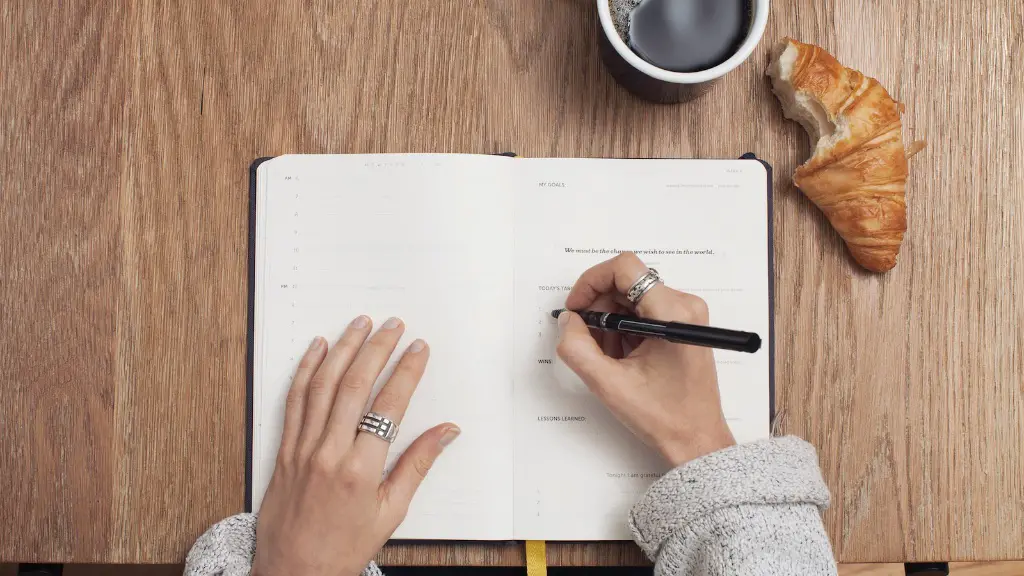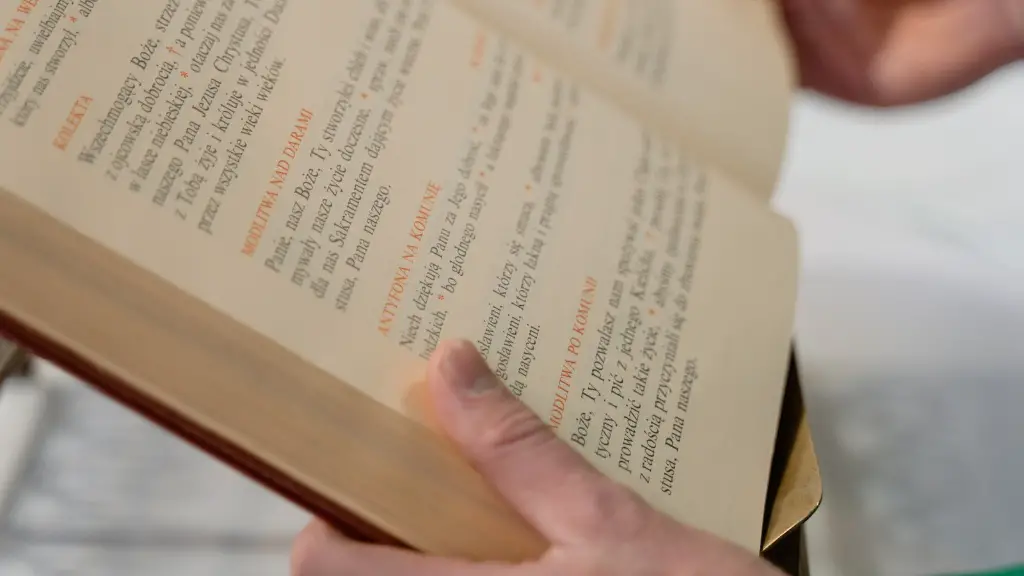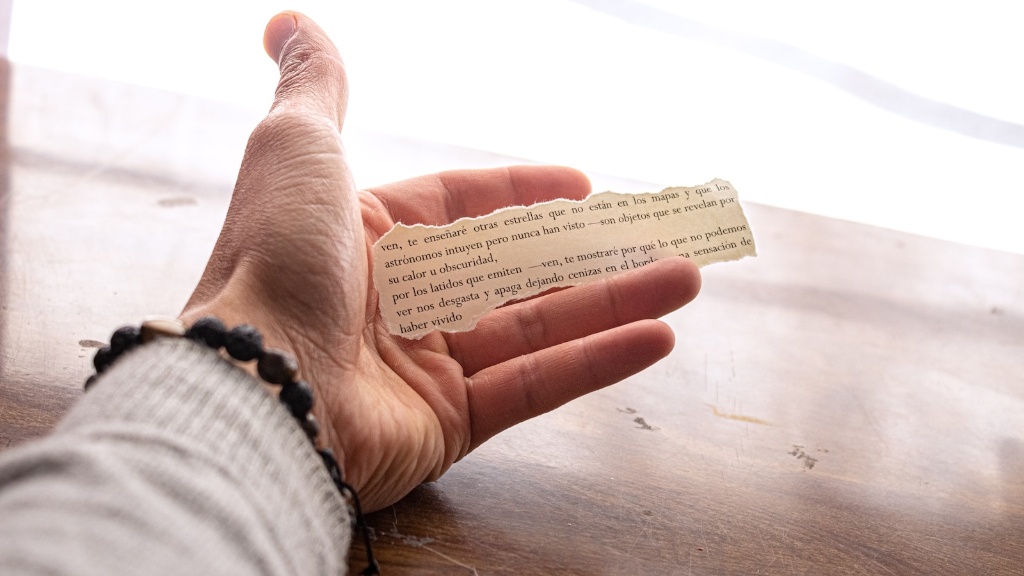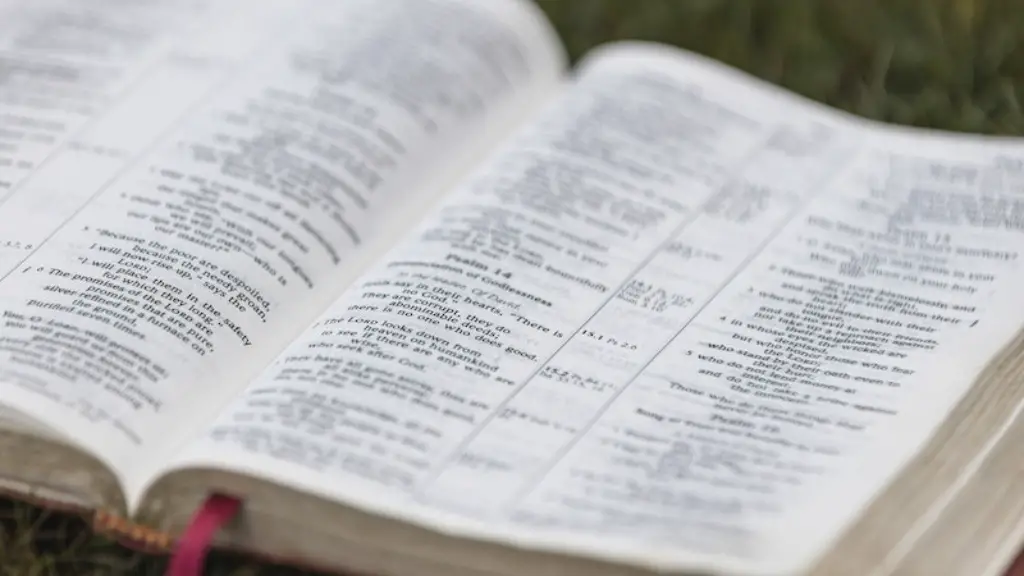What is a Meter in Poetry?
Meter is the technical name for a regular pattern of stressed and unstressed syllables. It is the beating heart of poetry, whether it’s hip-hop, sonnets, or haiku. The term “meter” is derived from a Greek word meaning “measured.” Meter is the most important element of rhythm, and it is the primary tool poets use to structure the poetry. Different languages have different metrical patterns, but in English the basic metrical pattern is usually made up of stressed and unstressed syllables.
It is easy to identify the beat of a poem when it is read out loud. Syllables that are stressed or emphasized by sounds or pauses in the poem are marked. Each consecutive set of stressed and unstressed syllables is called a foot. A typical foot in English is made up of one stressed syllable followed by one or two unstressed syllables. This type of foot is known as an iamb or an iambic foot. Other types of feet include:
- Trochee – A stressed syllable followed by an unstressed syllable
- Spondee – Two stressed syllables
- Anapest – Two unstressed syllables followed by a stressed syllable
- Dactyl – A stressed syllable followed by two unstressed syllables
The number of feet per line of poetry is the meter. The basic metrical units are the feet, but each line of poetry also has a specific number of syllables. This is called syllabic verse, and these are the most common forms of meter. For instance, if a poem has an iambic pentameter, it means that each line of the poem has five feet composed of one unstressed syllable followed by one stressed syllable. If the poem is composed of syllabic verse, it means that each line has a specific number of syllables. The number of syllables in a line can vary from line to line, but each line of the poem has the same number of syllables.
The Effect of Meter in Poetry
Meter is not just a tool used to measure the number of syllables per line; it also serves to emphasize certain words and sounds in the poem. The rhythm created by the meter can be used to convey the emotion of the poem. Poets can use the meter to create a sense of urgency, joy, sorrow, or any other emotion the poet wishes to portray. When the meter is used to create certain rhythms, it can help to give the poem a musical quality. This musical quality can help to enhance the emotional response of the reader.
It is also important to note that meter can help to reinforce the meaning of the poem. The rhythm of a poem, whether it is iambic pentameter or syllabic verse, can help to emphasize the key words and phrases of a poem. This can help to draw the readers’ attention to the most important aspects of the poem and help them to understand the message of the poem.
Types of Meter in Poetry
The most common type of meter in poetry is an iambic meter. This type of meter uses an alternating pattern of unstressed and stressed syllables. Iambic pentameter is one of the most popular forms of meter in poetry. It is a type of iambic meter with five feet per line. Other popular forms of meter include dactylic and trochaic meter, which use a pattern of one long syllable followed by two short syllables, and one short syllable followed by two long syllables, respectively.
In addition to these more traditional forms of meter, poets can also employ free verse. In free verse, the poet does not adhere to a specific meter or pattern of syllables. This gives the poet more freedom to use the language to create a unique and powerful rhythm. Free verse is often used to create a sense of freedom and spontaneity in a poem.
How to Analyze Meter in a Poem
Analyzing the meter of a poem can help to draw attention to the important words, phrases, and images used by a poet in the poem. Identifying the meter of a poem also helps to determine how the poem should be read and understood. Reading a poem with the correct meter can help to emphasize the words and images of a poem and create a powerful emotional response.
To analyze the meter of a poem, first read the poem aloud. Listen for a pattern of stressed and unstressed syllables and identify the foot that is being used. Then count how many feet per line. The number of feet per line is the meter. For example, if each line of the poem has two feet and each foot has one unstressed syllable followed by one stressed syllable, the meter is iambic.
How to Use Meter in Poetry
Using meter in poetry is not difficult. Once you have identified the meter of a poem, you can use it to determine the rhythm of a poem and create a rhythm that brings your poem to life. You can also use meter to emphasize certain words, phrases, and images in a poem. Additionally, the meter can add to the emotion of a poem and create a powerful emotional response in the reader.
One of the simplest ways to use meter in poetry is to vary the length of the feet in a poem. For example, if you are writing an iambic poem, try stretching some of the feet out to three syllables instead of two. This can create a more complex rhythm and bring some variety to the poem. You can also try using a different type of meter in a poem or alternate between two or more meters. This can create a unique rhythm and surprise the reader.
Implications of Meters in Poetry
Apart from providing a structure to a poem, the use of meter implies a variety of different symbolic connotations. It can suggest the underlying emotion or mood of the poem. For example, if a poem has a steady and rigid meter, it can indicate a sense of firmness and resolve. Alternatively, if the meter of a poem is more jagged and erratic, it can convey a sense of chaos or uncertainty.
Meter can also imply a certain attitude or tone towards the subject of a poem. If the poem has a strong, consistent meter, it can suggest a determined stance on the subject. If the meter of a poem is more relaxed and spacious, it can indicate a calmer attitude.
Different types of meter also have different implications in poetry. Iambic pentameter is often associated with elegance and grandeur and is typically used in more formal or classical poetry. Trochaic meter, on the other hand, is commonly used in humorous and tongue-in-cheek poetry. Dactylic meter can imply a sense of playfulness or lightheartedness.
Examples of Meter in Poetry
One of the most famous examples of meter in poetry is the iambic pentameter of William Shakespeare’s sonnets. Many of his sonnets, such as Sonnet 18, feature the iambic pentameter. His poetry often used meter to emphasize the emotions of his poems.
Another famous example of meter in poetry is the dactylic meter of the poet Robert Frost. Frost often used the dactylic meter to convey a sense of playfulness in his poetry. His poem “Stopping by Woods on a Snowy Evening” is a great example of the power of meter in poetry.
Finally, another famous example of meter in poetry is the free verse of the poet Walt Whitman. The free verse of Whitman is sometimes seen as providing a sense of freedom to the reader and allowing them to explore the meaning of his poetry without being constrained by a certain meter.




